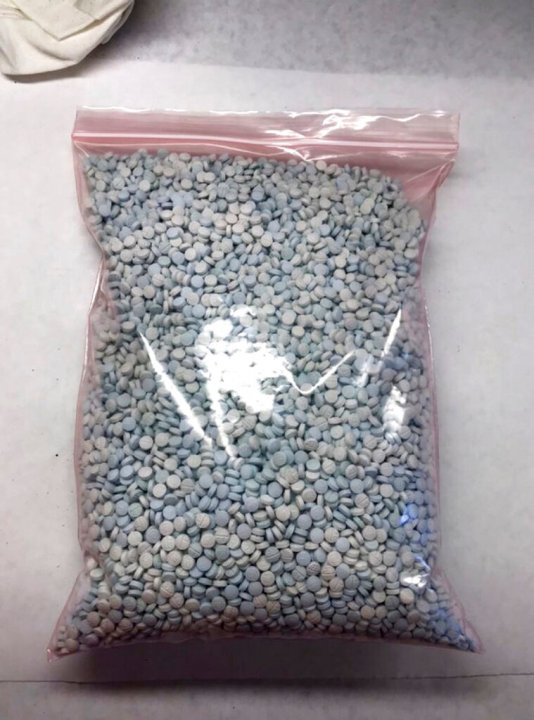
New data from the federal Centers for Disease Control and Prevention show that drug overdose deaths in 2023 declined by about 4 percent from 2022. Although this is generally encouraging news, there should be no dancing in the end zone just yet.
To be clear, drug overdose deaths in the U.S. are still historically high.
The data continue to show that opioids are the driving force behind our drug overdose crisis, involved in approximately 73 percent of all overdoses in 2023. All told, we lost 78,226 Americans to opioid-related drug overdoses.
The data make one thing clear: we continue to lose 214 people every day to a drug overdose involving opioids.
Additionally, the data show tremendous disparities between different states and communities. Some states (including Indiana, Kansas, Nebraska, and Maine) saw overdose deaths decrease by 15 percent or more, whereas others (including Alaska, Oregon, and Washington) saw them increase by 27 percent or more in 2023.
Rather than celebrate this news, now is the time for vigilance. We must press hard on the accelerator on what we know works.
Fortunately, there are some signs that policymakers in Washington appreciate this obligation. It is rare these days, but it appears that both Congress and the Administration agree that action is needed.
The House of Representatives, despite being largely in a stalemate this Congress, has passed a reauthorization of the SUPPORT Act, which includes invaluable resources for communities, first responders, healthcare providers and others who are at the forefront of the opioid addiction crisis. And the administration has recently announced unprecedented investments in improvements to the delivery of mental health and substance use disorder treatments.
Policymakers are also showing increasing interest in opportunities to prevent opioid addiction where we can.
Opioid addiction prevention can start by minimizing unnecessary exposure to prescription opioids. This is particularly important for opioid-naïve patients. Data show that between 6 and 20 percent of patients prescribed opioids to manage pain after surgery will misuse them. This means that, every year, millions of Americans will be prescribed opioids for pain and will misuse them. Some will become addicted. And some will, after the prescription pills dry up, graduate to other forms of opioids. Some will die.
Opioid addiction prevention can be as simple as making sure these patients have choices in managing their pain and can have access to a non-addictive approach, if it makes sense for them. This is particularly important for traditionally vulnerable communities, which include servicemembers, veterans, and seniors. Recently, 22 senators sent a letter to the head of the Department of Veterans Affairs demanding increased access to non-opioids for veterans with VA health benefits. Federal legislation was passed at the end of 2022 that would ensure patients can reasonably access non-opioid treatments in the outpatient surgical setting.
Now, we must work with officials at the Department of Health and Human Services to make sure that patients and their healthcare providers know about these options. Currently, legislation moving through both the House and the Senate would attempt to prevent opioid addiction by ensuring widespread access to non-opioid pain approaches at the pharmacy counter. Maine just passed a law that would do the same.
These are the types of bold, upstream actions that are needed and can have an even bigger impact on overall rates of opioid-related drug overdoses.
We have the solutions at our disposal. Rather than celebrate today’s news, let’s use it as an encouragement to do more. Remain vigilant, because lives are on the line.
Chris Fox is executive director of Voices for Non-Opioid Choices.

